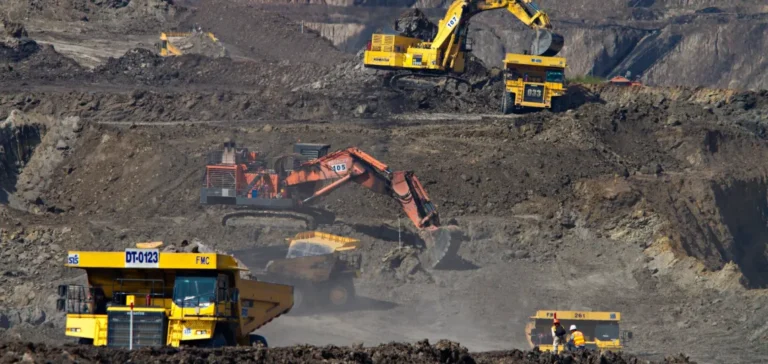Global coal consumption could remain strong through 2030 and beyond, according to a new Horizons report published by consulting firm Wood Mackenzie. Titled Staying power: How new energy realities risk extending coal’s sunset, the study highlights a range of factors that may prolong coal’s role in the global energy mix, despite ongoing decarbonisation trends.
A complex trajectory for coal’s decline
The report suggests that surging electrification, heightened energy security concerns, and the relative youth of Asia’s coal fleet could delay the peak in coal use. Wood Mackenzie’s base-case scenario projects coal-fired power generation to fall by nearly 70% between 2025 and 2050. However, its alternative scenario foresees average demand 32% higher over the same period.
In the high-demand case, optimisation of existing coal assets would help meet fast-growing loads, reducing global deployment of renewables, storage, and gas by approximately 2,100 gigawatts (GW). Without investment in carbon capture and storage (CCS), this would result in two billion tonnes more emissions compared to the base-case scenario.
Investment pressures and supply risks
The report underscores that sustained demand may expose investment gaps in coal supply. Private equity and sovereign wealth funds are expected to be called upon to finance mining projects. According to Wood Mackenzie, Western financial institutions will likely continue restricting commitments to thermal coal, limiting the market’s ability to respond to rising demand.
Anthony Knutson, global head of thermal coal markets at Wood Mackenzie, noted that “investment shortfall is currently the greatest risk to coal markets.” A stagnant supply facing resilient demand could trigger global price increases and erode coal’s long-term cost competitiveness.
Technology potential of carbon capture
The report also explores the potential of carbon capture, utilisation and storage (CCUS) to extend coal’s viability in a decarbonising world. David Brown, director of the energy transition practice at Wood Mackenzie, noted that “without substantial policy backing and targeted investment, CCUS cannot be scaled competitively.”
Asia, the world’s largest coal consumer, is projected to face high carbon storage costs, limiting widespread adoption. Pairing CCUS with gas-fired power may offer a more feasible path due to the lower carbon intensity per kilowatt-hour produced.
Redefining global energy planning
The shift in global energy priorities reflects a growing focus by governments on energy sovereignty. In response to geopolitical tensions and market volatility, governments are increasingly seeking secure, reliable energy sources to support electrification goals. This may reinforce reliance on domestic resources such as coal in some regions, particularly in Asia.
According to Wood Mackenzie, the high coal demand scenario does not represent a forecast but serves as a warning of potential trajectories should alternative technology investments fall short.






















